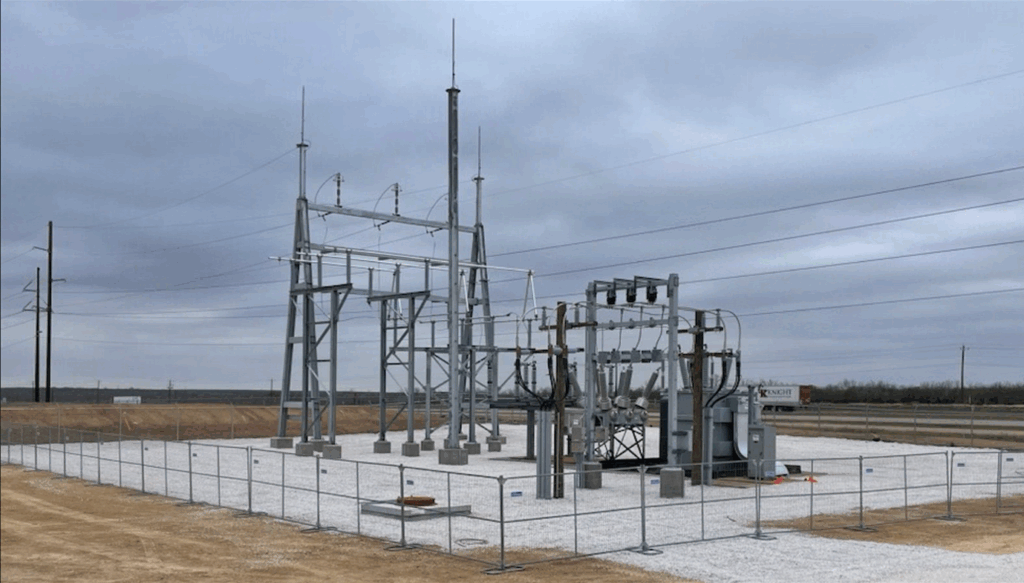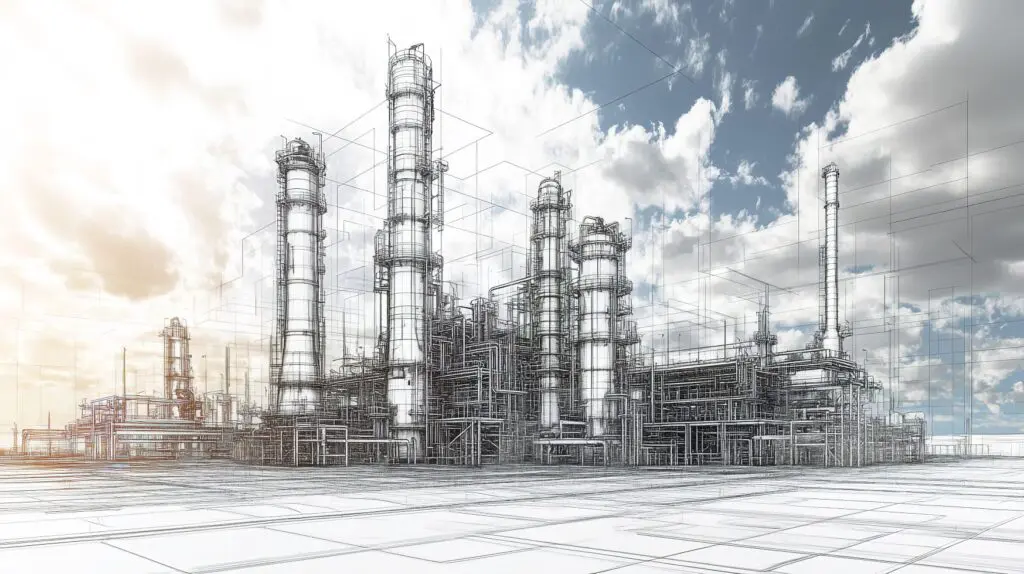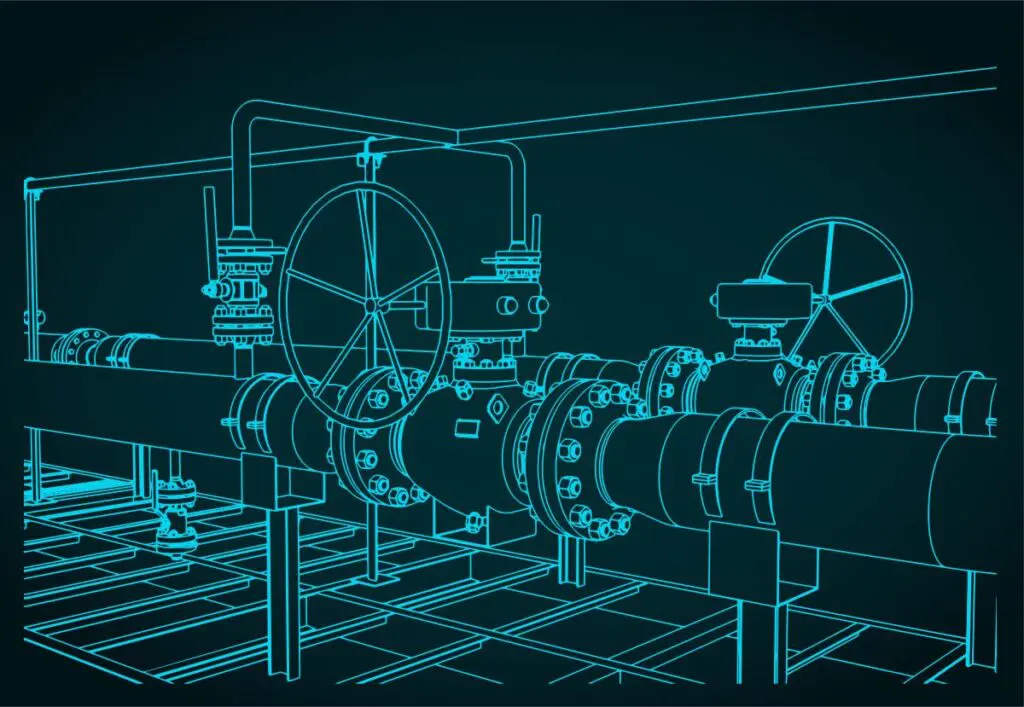

Want to share this article?
The Role of Cyber Security in Midstream Operations
In 2013, the Department of Homeland Security announced that an astounding 40% of all cyber attacks in the U.S. were directed at the energy industry.
Perhaps even more alarming is that fact that these attacks didn’t just come from run-of-the-mill Internet hackers or unhappy employees familiar with company networks, but rather from sophisticated hacking groups backed financially by foreign governments seeking to disrupt, damage and gain access to the country’s midstream infrastructure.
In the majority of instances, the target of cyber attacks are Supervisory Control and Data Acquisition (SCADA) systems with a direct line of connection to the control networks that govern mission-critical oil and gas processes. These systems are used to define the operating parameters associated with the transmission of hydrocarbons from one point to another including pipeline pressure, operating speed, and temperature, among others.
Hackers who successfully infiltrate internal networks and midstream controlling systems can remotely operate relief valves and compressors and manually override automatic shutdowns that are in place to protect against the over-pressurization of pipelines; creating extremely hazardous situations, which could potentially result in the loss of life for individuals who work in the vicinity of pipelines or processing facilities.
In order to prevent these situations from occurring, many midstream companies are boosting their cyber security efforts. Experts continue to stress the use of the most up-to-date firewalls, however, more encompassing and proactive defense strategies that incorporate detection, monitoring, and assessment have also become commonplace.
Cloud computing is beginning to play a critical role as well. Distributed cloud platforms allow companies — both large and small – to create frameworks in which controlling systems are distributed across many servers with independent security measures. This effectively prevents one breach of security from gaining control over an entire system, thus minimizing the possibility of a catastrophic failure of infrastructure.
High-security data centers are also being used to protect against cyber attacks, which many federal agencies anticipate will surpass terrorism as the biggest threat to U.S. security in the coming years.











